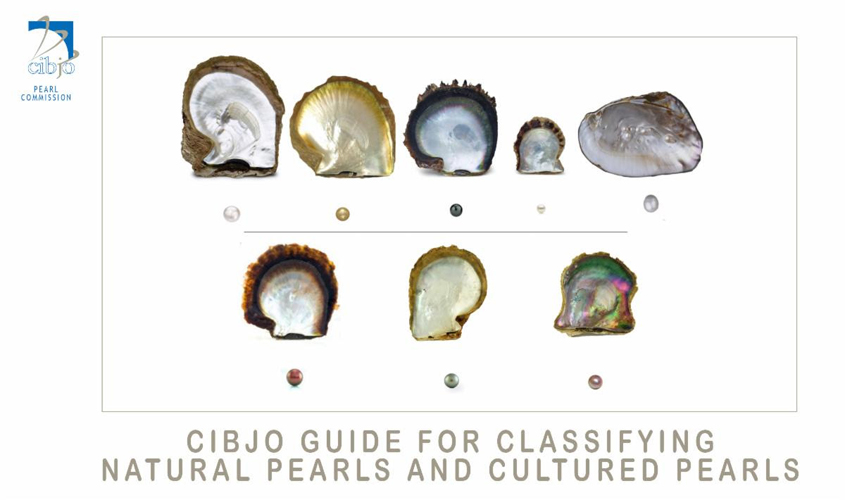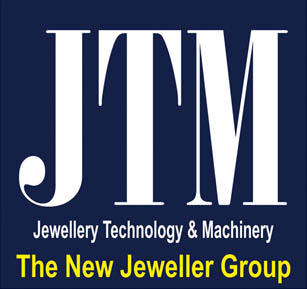
CIBJO’s Pearl Commission has released the first edition of the CIBJO Guide for Classifying Natural Pearls and Cultured Pearls. The 62-page illustrated document provides an overarching view of natural and cultured pearls, from both seawater and freshwater sources, and highlights the important parameters by which their appearance can be described and assessed in terms of physical dimensions and quality. It is designed to serve as a reference point and a source of information for both the the general public and the jewelry trade.
The CIBJO Guide for Classifying Natural Pearls and Cultured Pearls can be downloaded free of charge from the CIBJO website by CLICKING HERE.
Complementing the CIBJO Pearl Blue Book, which is also produced by the Pearl Commission and is considered the authoritative reference for technical standards and nomenclature in the pearl sector, the CIBJO Guide for Classifying Natural Pearls and Cultured Pearls is a primer about pearls tailored for jewellery consumers and pearl lovers, and is designed to serve as an educational tool for the pearl and jewelry trades, and gemmological laboratories.
Providing an overview of the various pearl categories in different parts of the world, the guide lists, describes and illustrates the primary pearl-producing molluscs, and the type of pearls that each yields. A comprehensive breakdown of the leading seawater and freshwater cultured pearl types in the market is provided, detailing the species, origin, characteristics and production of each. The richly illustrated guide details the system for classifying natural pearls from the Akoya complex and the system for classifying cultured pearls, and also supplies information about pearl treatments and other pearl types, such as keshi cultured pearls.
Preparing the CIBJO Guide for Classifying Natural Pearls and Cultured Pearls was a multi-year and multinational project, with the original draft written by a team at Paspaley Pearling in Australia, whose members focused particularly on the section covering the classification of cultured pearls. The Akoya complex natural pearl classification section was prepared by experts at the Bahrain Institute for Pearls and Gemstones (DANAT).
“The CIBJO Guide for Classifying Natural Pearls and Cultured Pearls is a tremendous resouce, intended to provide consumers and the trade with accurate and easily-to-comprehend information about this increasingly popular jewellery category,” said Gaetano Cavalieri. “It is a result of the hard work of a great many dedicated individuals from across the globe, but some deserve special mention. In particular, I would like to thank Nick Paspaley and Peter Bracher for taking the initiative, and putting at our disposal the wealth of knowledge of their team in Australia. Likewise, congratulations are due to Kenneth Scarratt, President of the CIBJO Pearl Commission, the editor of the guide, and for the addition he made to this outstanding document. Thanks also to all those members of the CIBJO Pearl Commission Steering Committee, who have devoted much time and effort in ensuring that the content is informative and accurately reflects the product.”
“I encourage all members of the industry, and in particular jewellery retailers, to download the CIBJO Guide for Classifying Natural Pearls and Cultured Pearls and to make it available to their clientele,” Dr. Cavalieri said. “Knowledge breeds consumer confidence, and that ultimately is our primary objective.”

